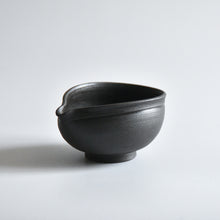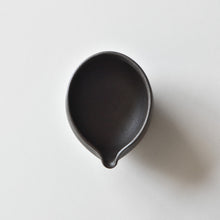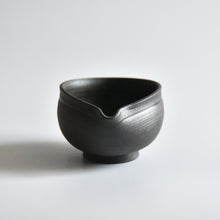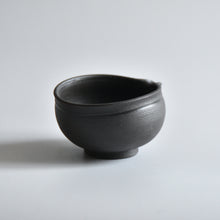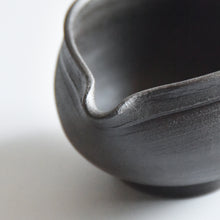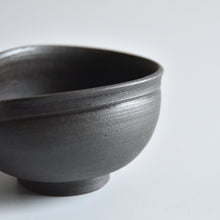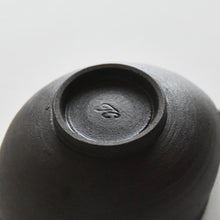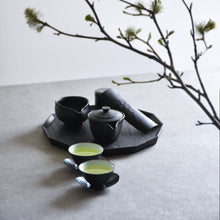
This Nambande Yuzamashi was made by Minoru Hara, who has a kiln in Sumiyama, Uji City, Kyoto Prefecture.
Nambande is an ancient Asian style of firing technique used to make teaware, and its simple, unglazed appearance has been loved by tea masters in the past. Although unobtrusive, these vessels have a unique presence with a rough texture reminiscent of earth, making them very attractive.
A set of Houin, sencha bowl, and Kumidashi are also available.
Width: approx. 8.2 cm
Depth: approx. 10.5 cm
Height: approx. 5.5 cm
Capacity: approx. 110 ml (approx. eighths of an ounce)
As each piece is handmade, there are individual differences in size, shape, color, and texture. Please understand this beforehand.
Minoru Hara
Minoru Hara has a kiln in Sumiyama, Uji, Kyoto, a ceramic village where Kyoto and Kiyomizu-yaki kilns are located, and continues to produce pottery rooted in Kyoto tradition.
1990 Completed the molding course at Kyoto Prefectural College of Ceramic Technology
1991 Completed the main course at Kyoto Municipal Institute of Industrial Technology
Studied under his father, Hara Seikazu in the same year.
1996 Awarded the Governor of Kyoto Prize at the Kyoto Kiyomizuyaki Ceramic Ware Exhibition.
1999 Received "Kiyochao inscription" from Kido Yamaguchi, the chief priest of Seimei Shrine
2003 Awarded the Governor of Kyoto Prize at the Kyoto Ware and Kiyomizu Ware Exhibition.








